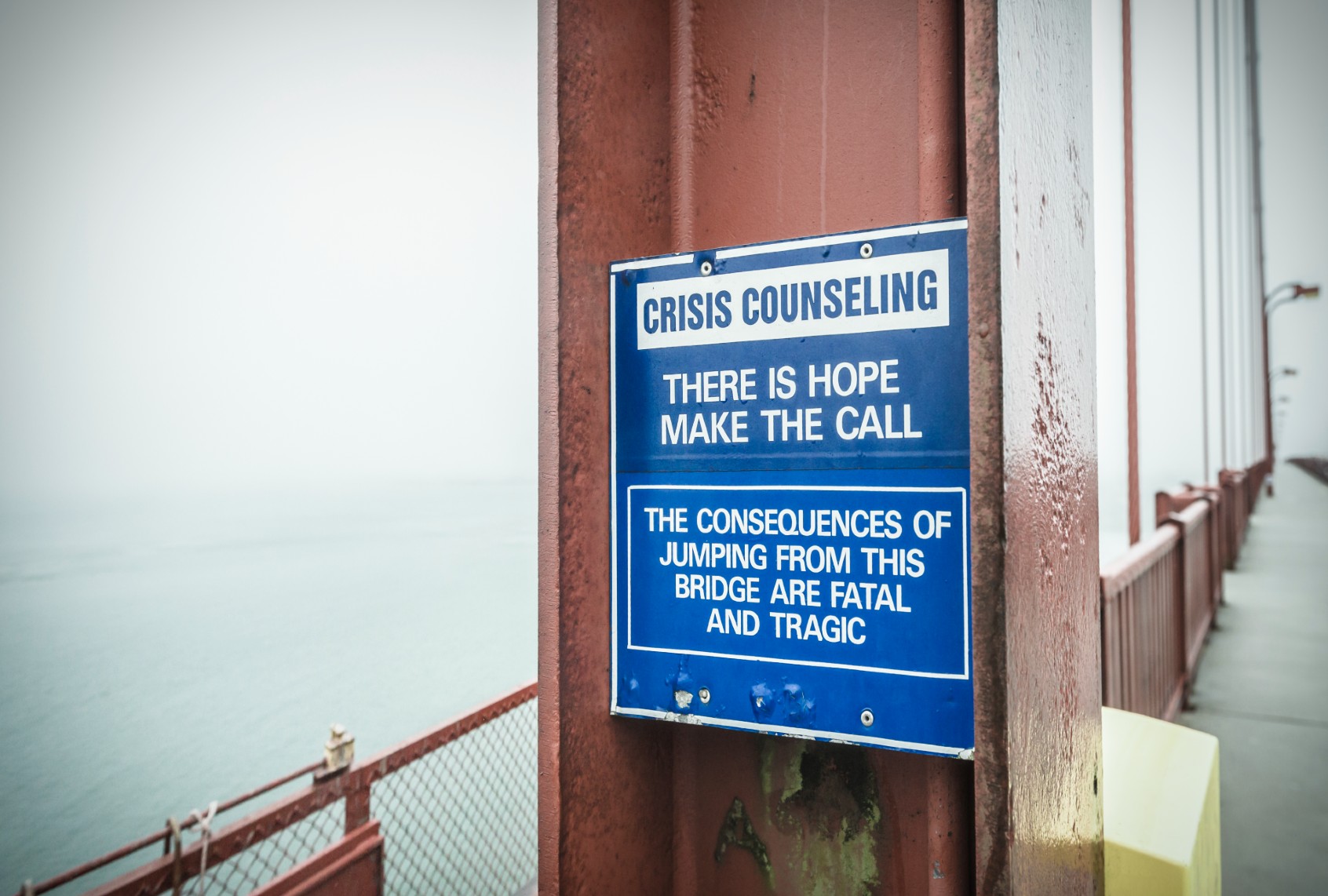As of Saturday, the National Suicide Prevention Lifeline — which was previously 800-273-TALK (8255) — can now be accessed via the three digit code 988 in a revamped version providing the option for quicker and easier access.
The original National Suicide Prevention Lifeline dates back to 2004 and was launched by the Substance Abuse and Mental Health Services Administration’s (SAMHSA) Center for Mental Health Services and worked in partnership with search engines like Google so that anyone searching out information regarding suicide methods or ways of prevention would receive a result containing the lifeline number. As of this weekend, any such individual will receive the code 988 as a result.
According to The Washington Post, the switch to a three digit code “is expected to bring millions more calls, chats and texts into a system where readiness to handle the surge varies from place to place.”
“I look at 988 as a starting place where we can really reimagine mental health care,” said Hannah Wesolowski, chief advocacy officer for the National Alliance on Mental Illness. “We’re really looking at a fundamental tide shift in how we respond to people in mental health crisis.”
Per the Lifeline’s website:
988 represents not just a telephone number change for the Lifeline, but a once-in-a-generation opportunity to change how crisis services are delivered. The transition to 988 requires additional policy changes and substantial funding support from federal and state governments. Vibrant Emotional Health has identified three key themes to guide 988 implementation:
- Universal and Convenient Access, including omnipresent public awareness and varying modalities for individuals to access 988 through their preferred method of communication.
- High Quality and Personalized Experience that is tailored to the unique needs of the individual while also in line with identified best practices.
- Connection to Resources and Follow Up to ensure all persons contacting 988 receive additional local community resources as needed.
Want a daily wrap-up of all the news and commentary Salon has to offer? Subscribe to our morning newsletter, Crash Course.
In 2021, SAMHSA reported over 3.6 million calls from people seeking help, according to The Washington Post, and that number is expected to reach 7.6 million in the coming year. Each of the 200 call centers that man the Lifeline are funded by local, state and federal resources, usually at a literal and emotional deficit as there is never quite enough funds or manpower available.
“988 will work if the states are committed to it,” says Xavier Becerra, secretary of the Department of Health and Human Services. “It won’t work well if they’re not. There is no reason, no excuse, that a person in one state can get a good response and a person in another state will get a busy signal.”
Read more
about this topic


